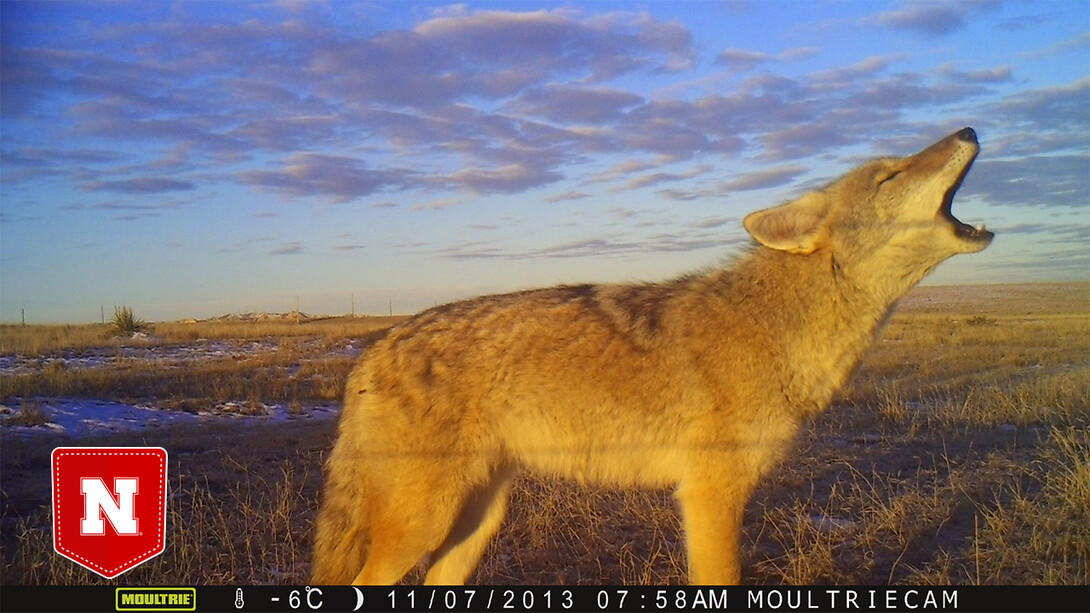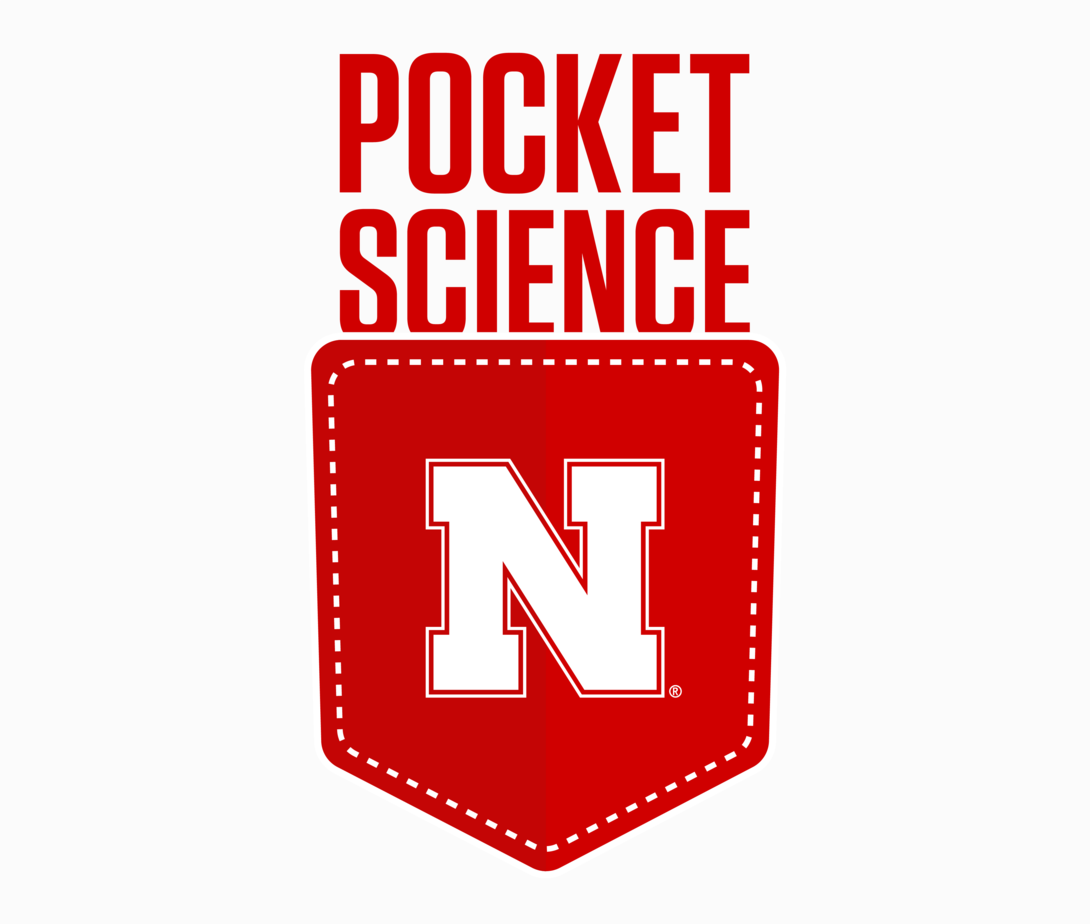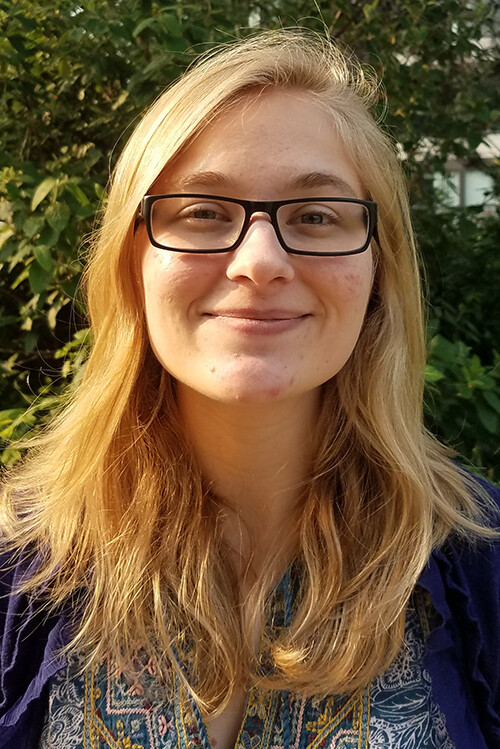
Welcome to Pocket Science: a glimpse at recent research from Husker scientists and engineers. For those who want to quickly learn the “What,” “So what” and “Now what” of Husker research.

What?
Since the early 1900s, ecologists and conservationists have glimpsed wildlife via camera traps: temporary photo stations that capture evidence of whatever animals wander by. As a low-investment and unobtrusive technique, the camera trap has increasingly informed efforts to estimate the prevalence and geographic range of species, especially the elusive and endangered.
Researchers account for sources of error that threaten the validity of population estimates based on camera trap sightings, particularly error that might lead to underestimates of rare species. But little attention has been paid to how weather and elapsed time may affect those sightings.
So what?


Now what?
Factoring in seasonal trends and weather forecasts when placing camera traps could improve population estimates and the conservation plans drawn from them, the researchers said. Relocating scented camera traps sooner could also refine spatial models by expanding study ranges without sacrificing validity.







